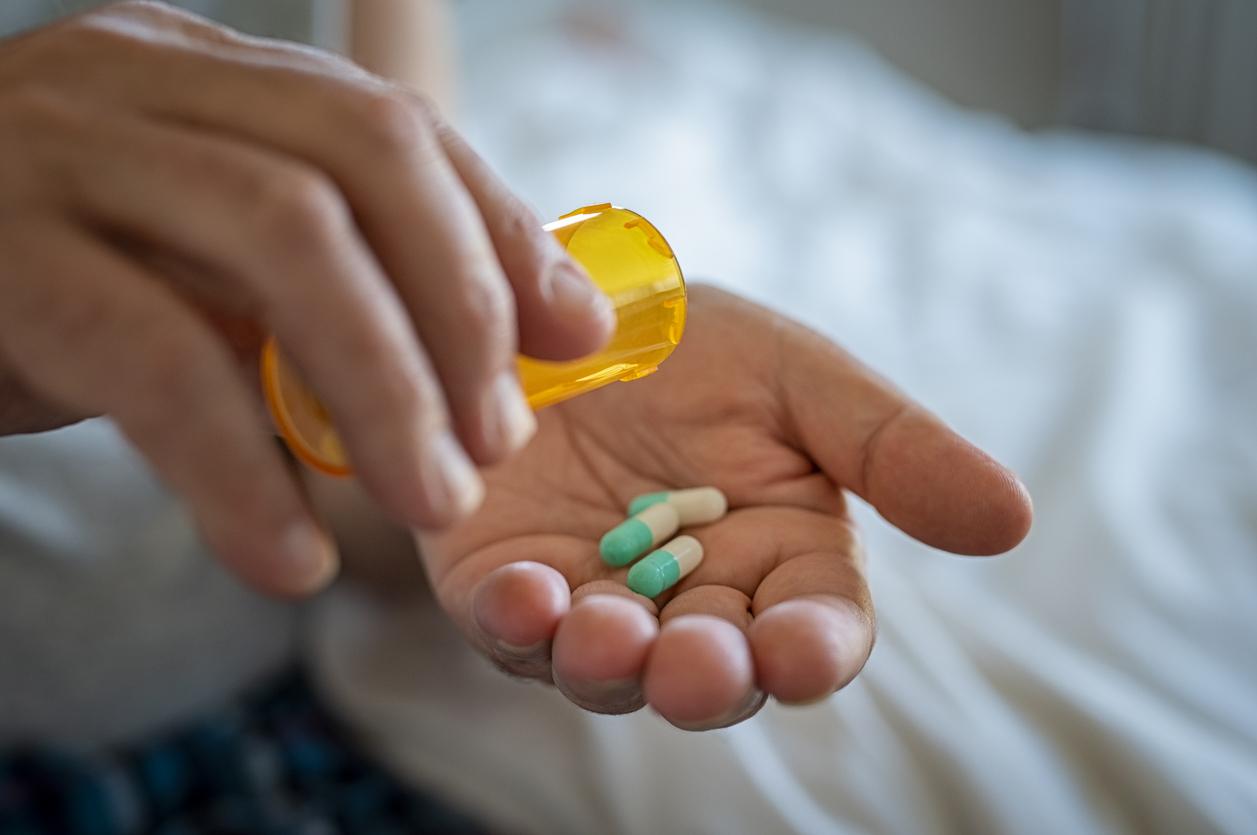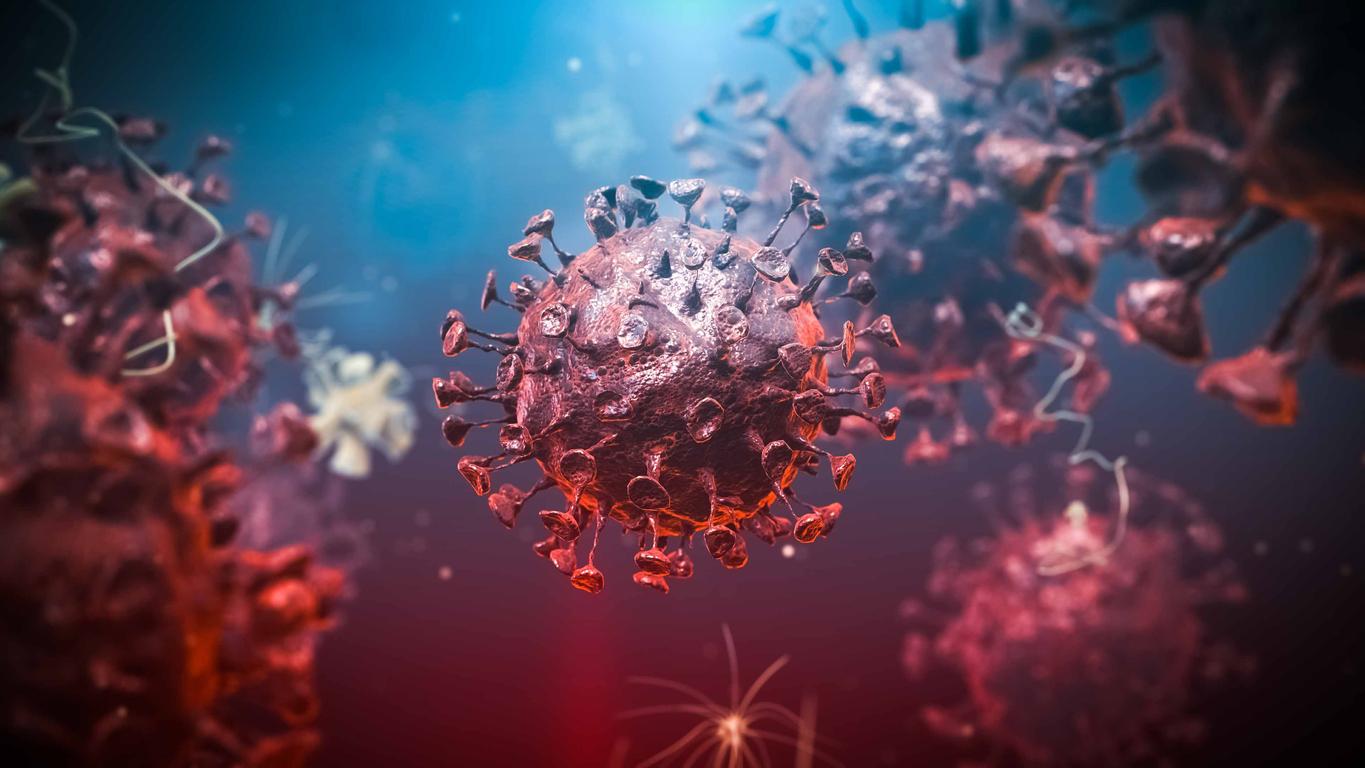In medical language, erysipelas is defined as an “acute non-necrotizing bacterial dermo-hypodermitis”. Concretely, it is an infection of the skin and subcutaneous tissues caused by a bacterium of the streptococcus family or (more rarely) of the staphylococci.
Erysipelas mainly affects adults over the age of 40, women as well as men; experts estimate that 9 cases per 100,000 people are diagnosed worldwide each year.
Erysipelas: what are the symptoms?
In 85% of cases *, erysipelas occurs in the leg: it is hot to the touch, red, painful and swollen. In 5% to 10% of cases, erysipelas appears on the face in the form of a red, painful, hot and swollen “patch”, bordered on the periphery by a bulge. In 10% to 15% of cases (the most serious), an abscess forms under the lesion.
More general symptoms accompany these local symptoms: acute fever (over 40 ° C for sometimes 48 hours), severe fatigue, a lymph node (often in the groin if erysipelas occurs in the leg), chills…
When erysipelas is left untreated, it can develop into bullous erysipelas: blisters appear under the skin, accompanied by small bleeding, or even an ulcer.
Erysipelas: causes and risk factors
Erysipelas is caused by a bacterial infection, most commonly Streptococcus pyogenes. The bacteria usually enter the body through a small wound between the toes: an interdigital yeast infection or an insect bite can also be “entry points” for the disease.
Warning: erysipelas is contagious and is transmitted via skin-to-skin contact if the non-infected person also has a “gateway” (cut, wound, etc.).
The risk of developing erysipelas is higher in people with these conditions:
- Diabetes (type 1 or type 2)
- Venous insufficiency
- Lymphoedema
- Varicose ulcer
- Obesity
- Dermatological disorders (eczema, psoriasis …)
After erysipelas, the risk of relapse is high since it is 12% after 6 months and 30% in the following 3 years.
Erysipelas: diagnosis and treatment
As soon as the first symptoms appear, an appointment with a general practitioner is essential: if the fever is very high, hospitalization may even be considered.
Diagnosis is mainly based on physical symptoms: a blood test may, however, reveal a significant inflammatory syndrome and / or leukocytosis (an abnormal increase in the number of white blood cells in the blood).
Healing usually occurs within 7 to 10 days thanks to treatment with antibiotic therapy (the most used molecule is amoxicillin-clavulanic acid) administered intravenously … and complete rest!
Erysipelas: how to prevent it?
People whose risk of developing erysipelas is higher than average (diabetics, venous insufficiency, individuals with obesity, etc.) must ensure that their wounds are properly disinfected and their mycosis treated as quickly as possible, especially between toes.
Read also :
- Abscess, boil: essential oils to the rescue
- Are bactericides really useful in cleaning products?
- How to stop having a sore throat?
















